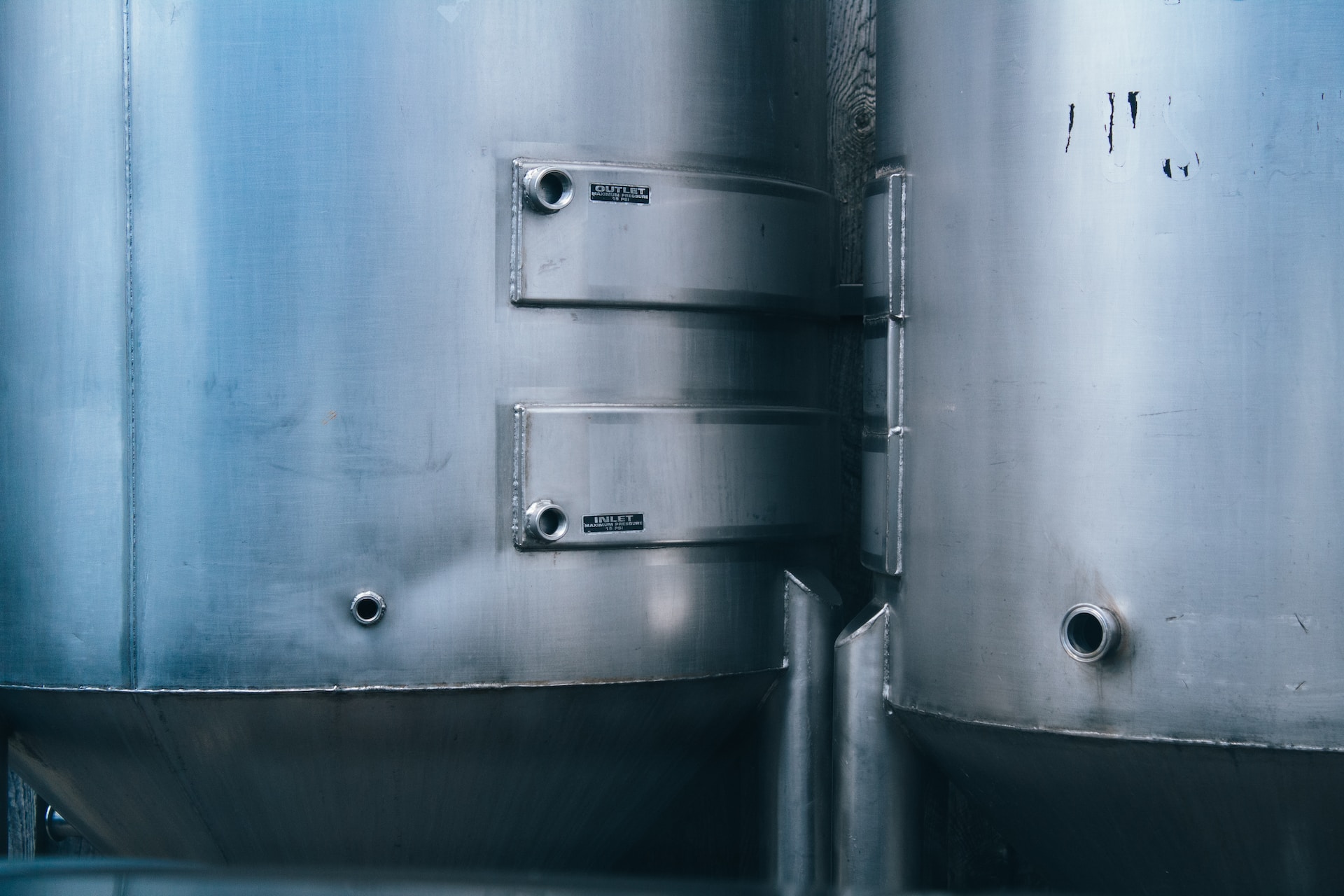In the final week of March, natural gas prices slipped toward two-and-a-half year lows under $2.00 per mmBtu. Despite a near constant drawdown from 2022 peaks close to $10.00, weaker pricing has yet to meaningfully slow gas output, expected to touch another record this year. The count of active North American gas rigs rose through the first quarter and major energy producers like Shell appear to have hiked production. OPEC+’s recent oil output cuts should keep gas output in shale fields elevated, considering a significant amount of natural gas production in the US comes from associated gas that is drawn from the same shale wells as oil.
A physical disconnect between Europe’s demand for gas and the US’s willingness to supply, exemplified by underdevelopment of the infrastructure necessary to efficiently transport increasingly massive amounts of liquefied natural gas (LNG), could threaten to create an energy market chokepoint. However, with Europe’s inventories set to be very well-supplied heading into next year’s heating season, that scenario seems unlikely.
Related ETFs: United States Natural Gas Fund, LP (UNG), Energy Select Sector SPDR Fund (XLE)
As MRP noted earlier this week, crude oil prices rose strongly on news that several OPEC+ nations would cut millions of barrels of daily production until the end of the year. Not only has the news sent oil higher, but it could also mean further suppression of natural gas prices that just last week tumbled toward 32-month lows. NYMEX spot prices dipped below $2.00 per million British thermal units (mmBtu) twice in March, spiraling down from August 2022 peaks close to $10.00, and nearing an 80% decline in the intermediate.
International production cuts in countries like Russia, Saudi Arabia, the United Arab Emirates, Iraq, Algeria, Kuwait, and others will keep crude futures elevated and likely incentivize American shale drillers to continue pumping oil at current or even slightly expanded rates. That will play a significant role in gas prices, considering up to a third of US natural gas is produced as a byproduct of oil drilling – otherwise known as associated gas. Shale rock formations contain both oil and gas, and these are separated at the wellhead by drillers. Sustained oil production in shale fields, therefore, means sustained gas output as well. Instead of being shipped out for processing, associated gas can be burned at the site (known as flaring) or re-injected to help increase oil output of a well, but these processes are less common.
Non-associated gas output becomes even greater, relative to oil, as shale wells mature. One energy executive, cited by Bloomberg, said this is already happening in North Dakota, where gas output is…
To read the complete Intelligence Briefing, current All-Access clients, SIGN IN All-Access clients receive the full-spectrum of MRP’s research, including daily investment insights and unlimited use of our online research archive. For a free trial of MRP’s All-Access membership, or to save 50% on your first year by signing up now, CLICK HERE










